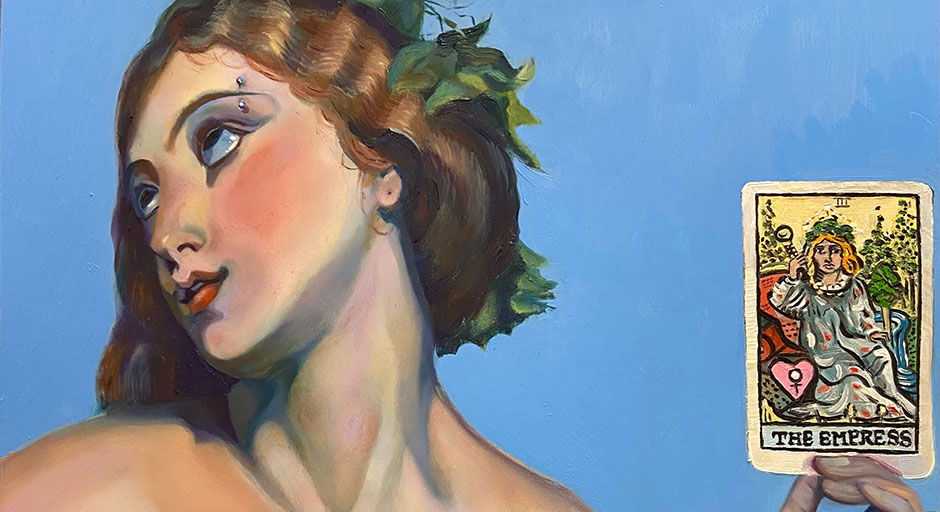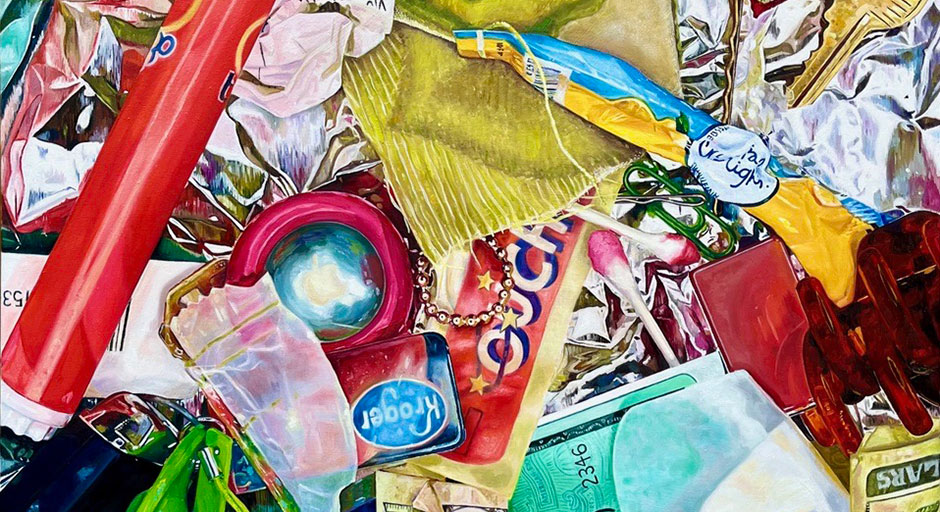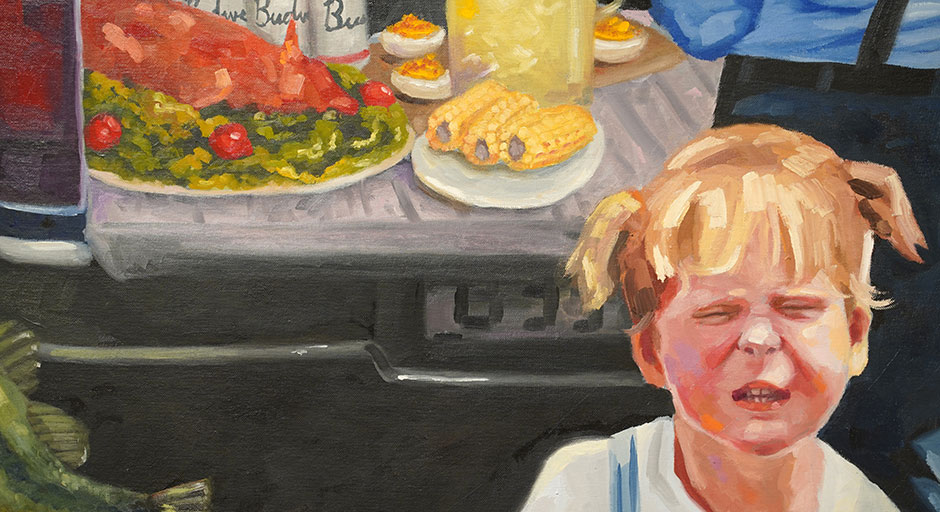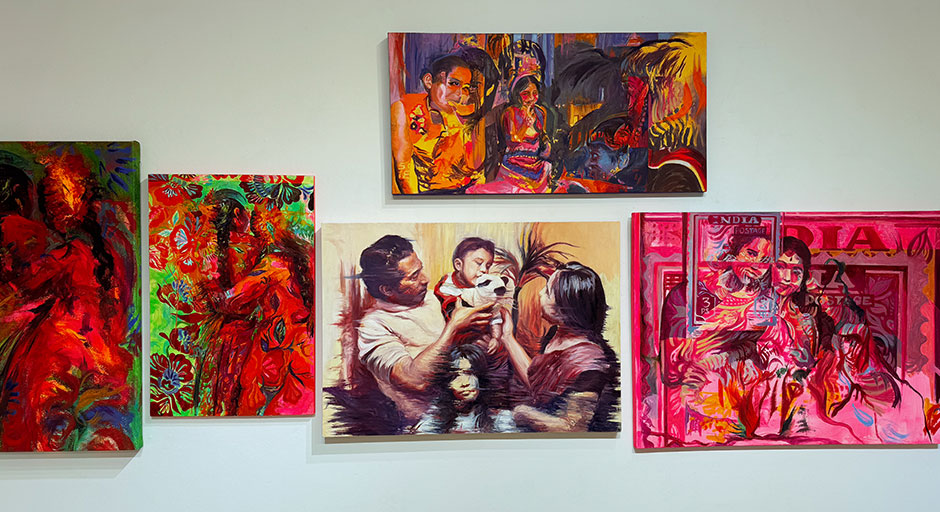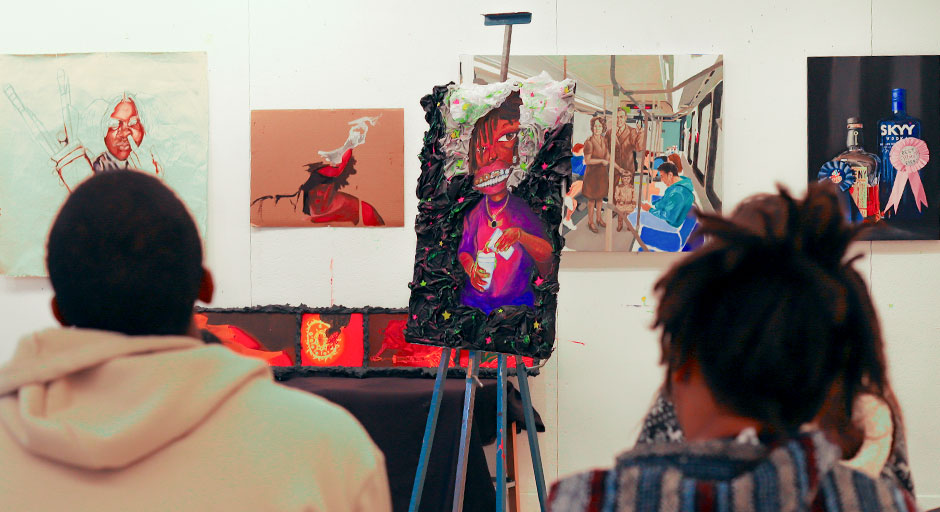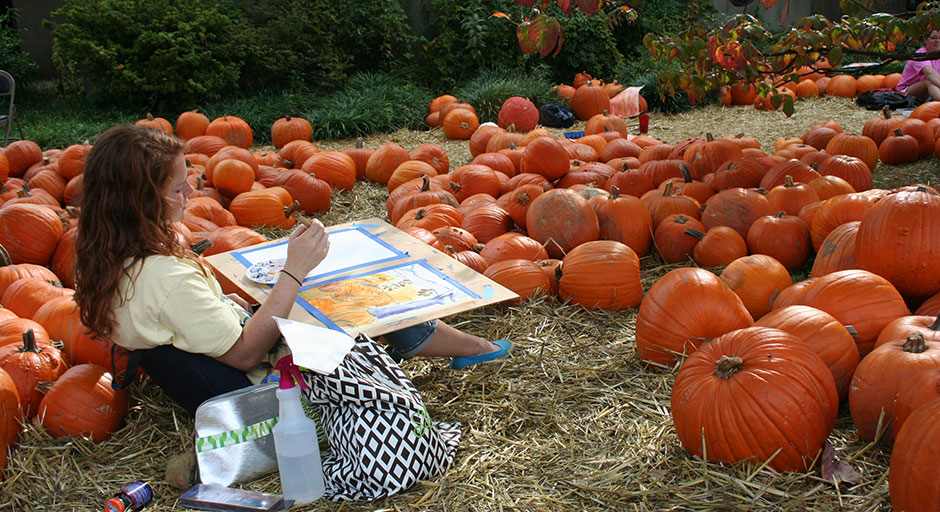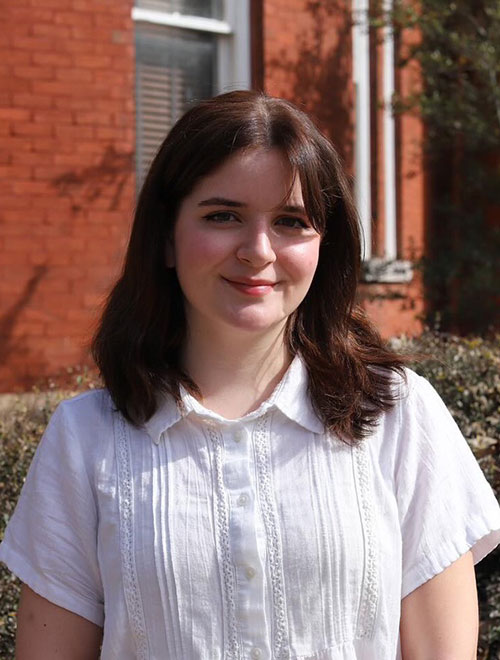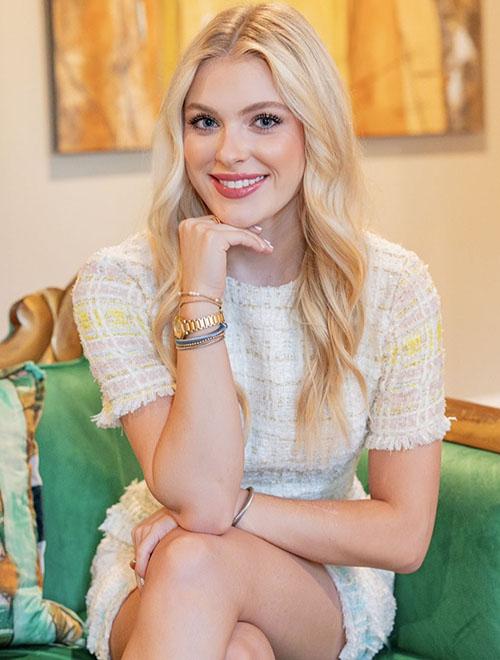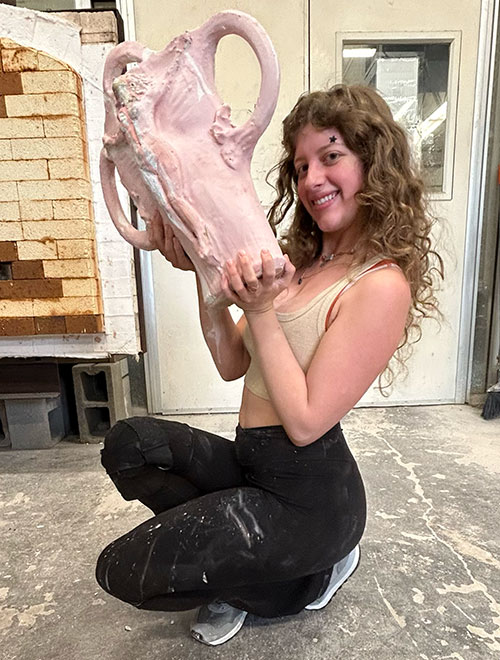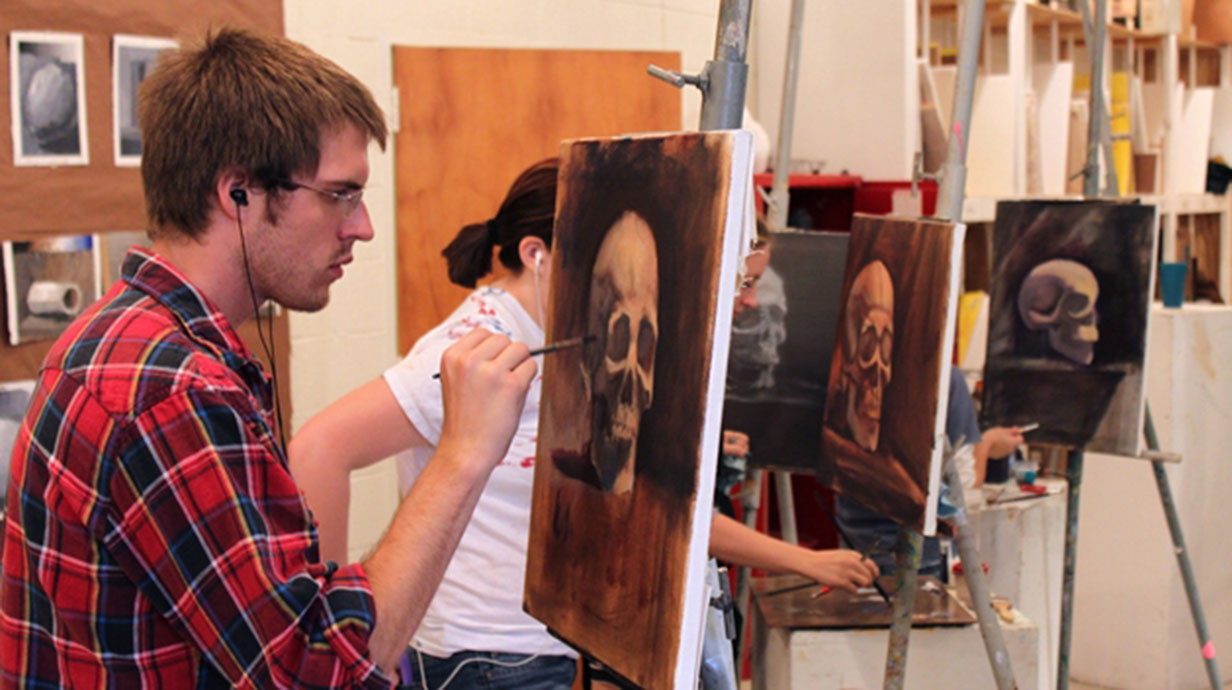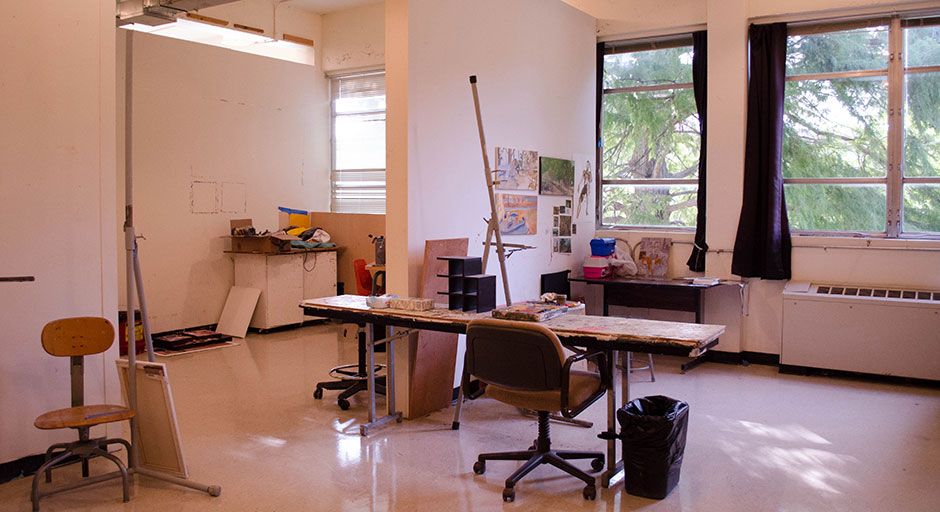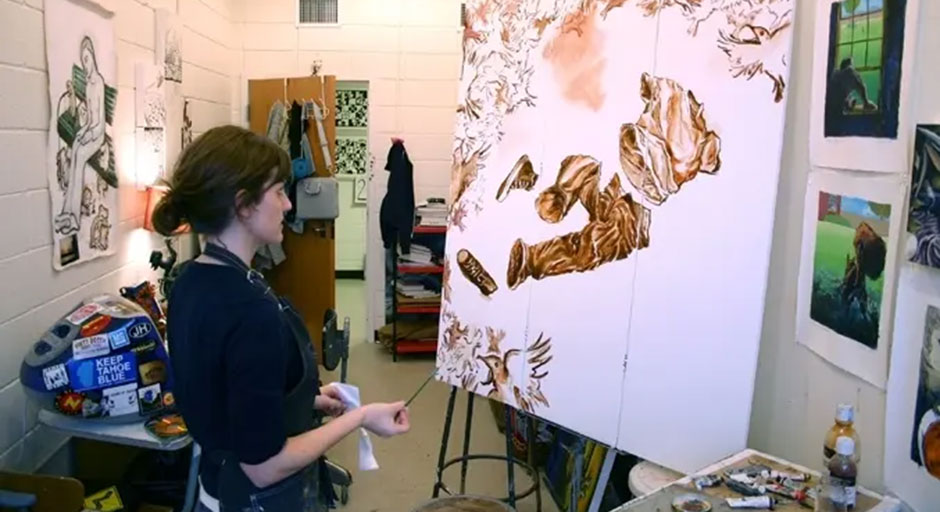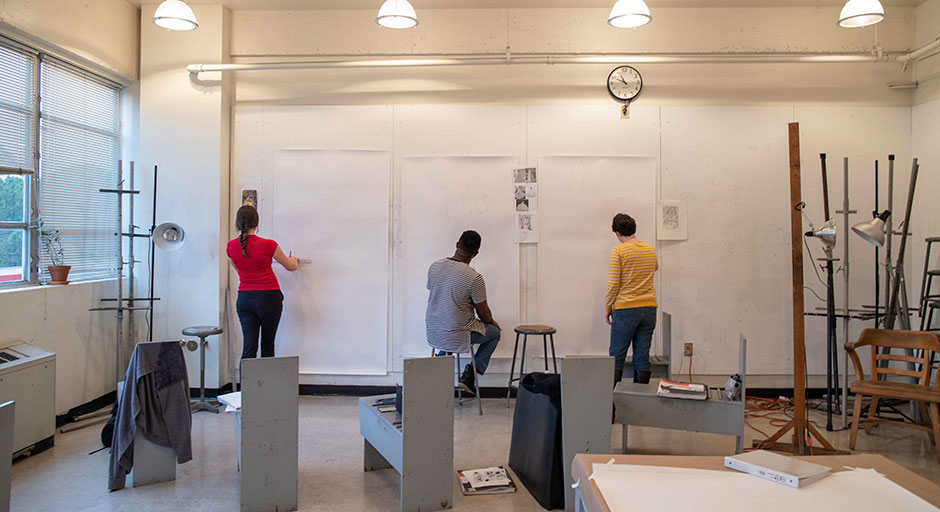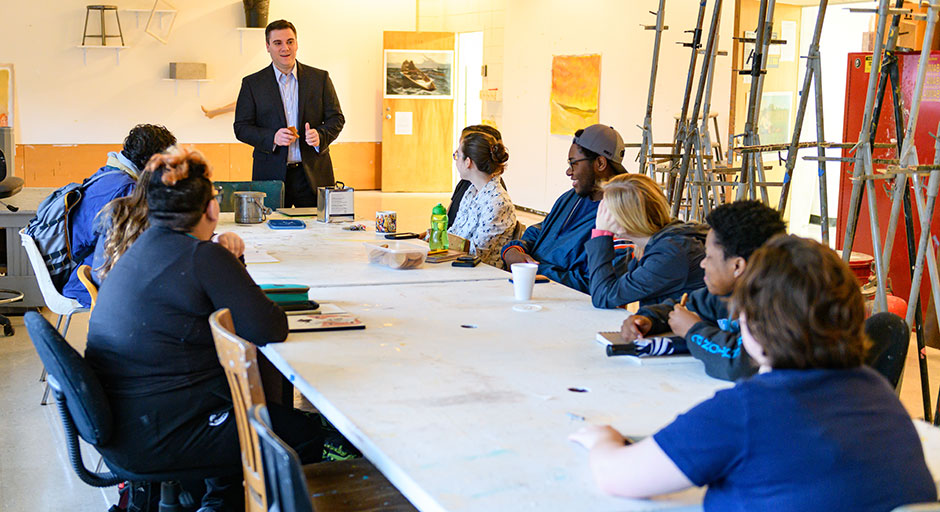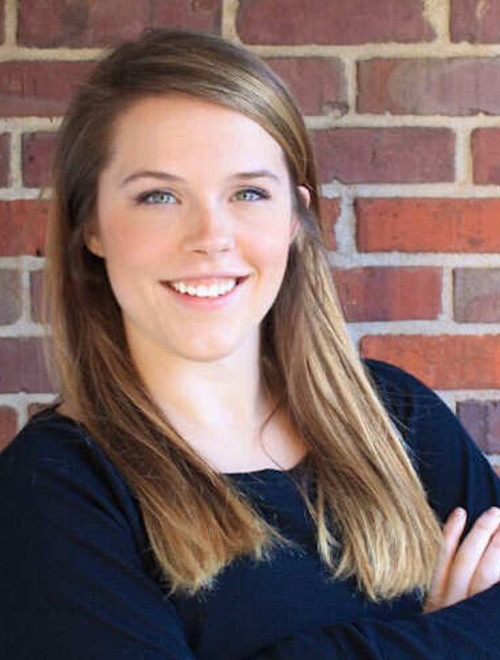Painting
This program introduces students to the many mediums of painting, focusing on a strong foundation in color theory and color sighting.
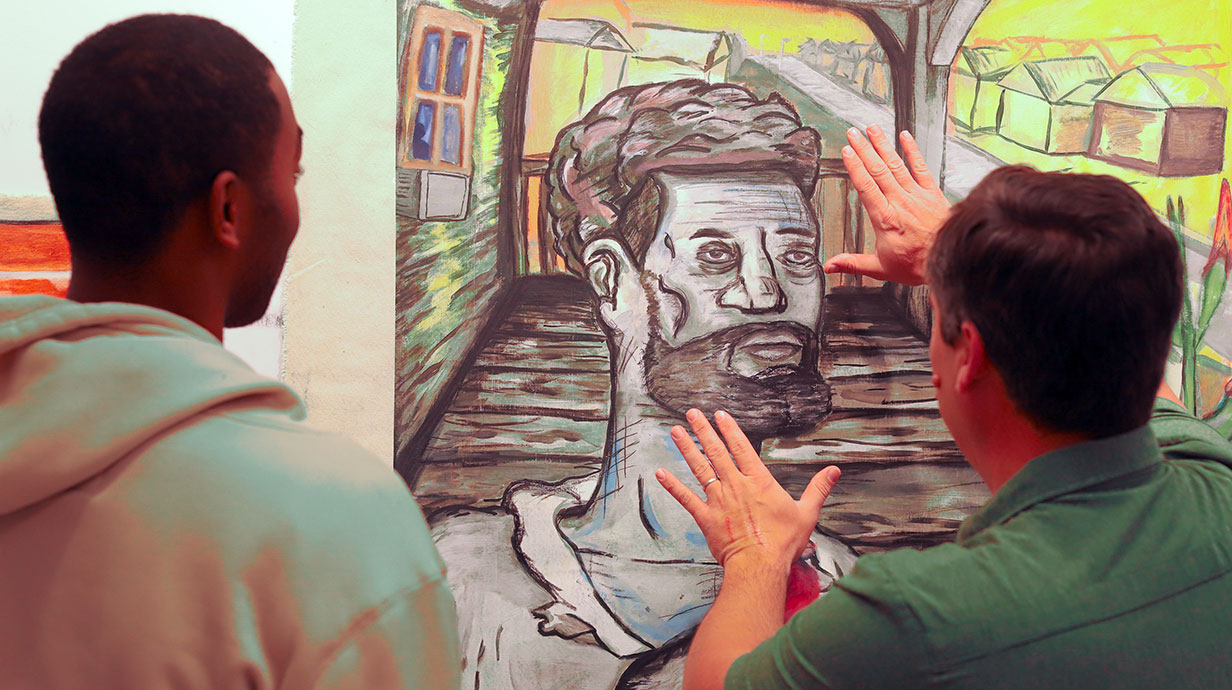
“The Art Department feeds into the individual rather than one overarching idea."
Ramsay Stayer
BFA in Art (Painting)
Creatively Express Ideas & Emotions in a Two-Dimensional Visual Language
Students learn to work in diverse styles of representational, imaginative, and abstract painting. Light, color, texture, and tone are the tools they use to create a broad array of two-dimensional art. Whether they are working in tempera, fresco, oil, watercolor, ink, or other visual media, they create unique visual images that are expressions of an adept and inspired studio practice.
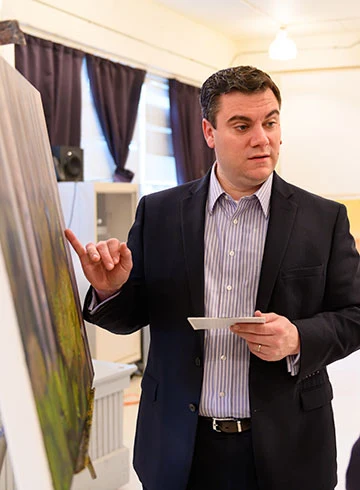
Welcome From Our Studio Head
Hello, and welcome to the Painting Studio! My name is Philip Jackson, and I am the Head of Painting at Ole Miss. I found my passion for painting through the endless possibilities of expression it offers, and I know you will too. Our studio is a place where creativity and collaboration come together, offering you the chance to explore various painting techniques and styles. Whether you're working with oils, acrylics, or experimenting with mixed media, you'll find the tools and space to bring your ideas to life. If you have any questions or need guidance, feel free to reach out! I’m excited to see the unique pieces you’ll create and share in the joy of painting with you.
Philip Jackson
Professor of Art
Meet the Majors
See what currents students have to say about the department.
Featured Courses
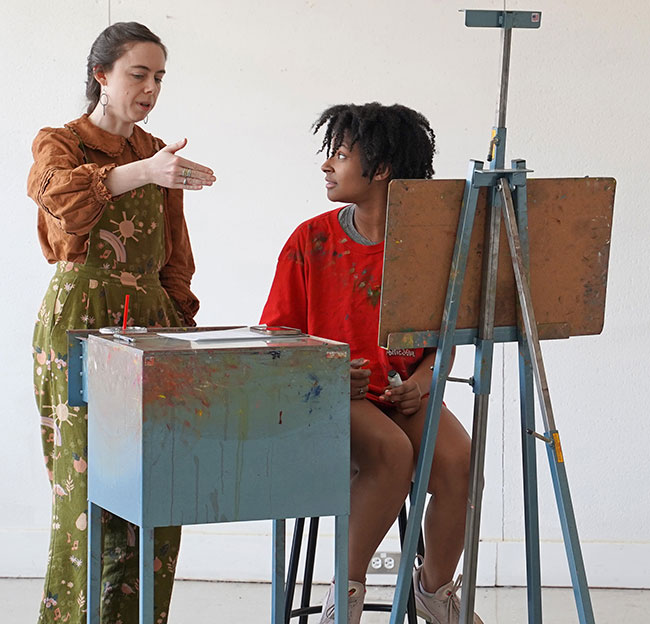
Art 321: Beginning Painting
Introduction to acrylic and oil painting techniques with highly structured assignments, including working from observation.
Art 322: Intermediate Painting
Expansion of techniques learned in Beginning Painting; use of oil paint and focus on developing a concept, working in a cohesive series, and producing a substantial number of paintings.
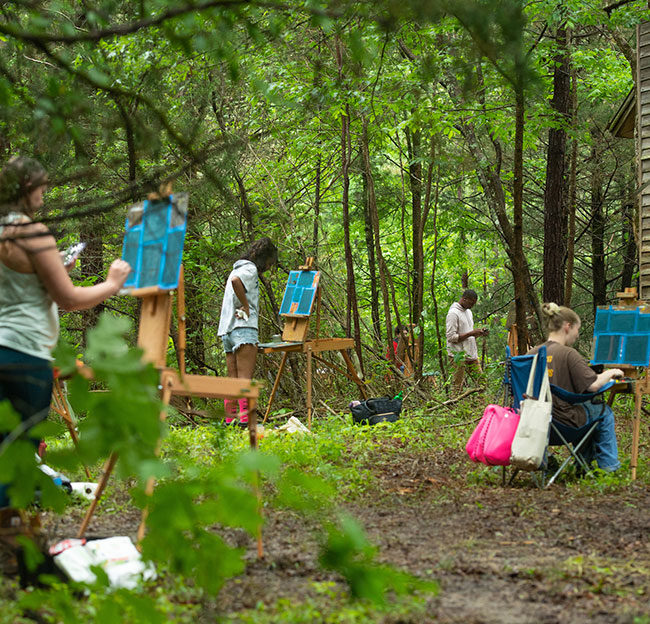
Art 323: Plein Air: Painting the Landscape
Outdoor oil painting of the landscape; use of color palettes associated with the subject and develop an individual painting approach.
Beyond The Classroom
Learning art is more than what’s learned in the traditional studio courses. Our courses are complemented with demonstrations, lectures, and critiques from faculty and visiting artists. Students can interact with visiting artists, volunteer with the UM Museum, intern with a relevant site, or study abroad.
Art Talks is visiting artist program that creates access to artists in person and via webcam, and helps students and faculty to keep pace with contemporary artistic practice and emerging technology used in cultural production today. Students also expand their professional networks. The list of visiting painters includes:
- John Alexander, Professional Artist
- Jere Allen, Professional Artist
- Gary Baseman, Professional Artist
- Valerie Jaudon, Professor of Art, Hunter College, NYC
- David Jewell, Professional Artist
- Joe Morzuch, Faculty, Mississippi State University
- Laura Mullen, Senior Artroom Practitioner at Royal Cornhill Hospital and Royal Aberdeen Children’s Hospital
- Yvonne Petkus, Professional Artist
- Brian Rego, Professional Artist
- Michael Williams, Professional Artist
Our museum has recently in the past years have been named to EDsmart’s list of “51 Most Astounding University Museums”, with a recent ranking of 17—one spot ahead of Princeton University. Many art students intern or volunteer with the UM Museum where they might work with art education programs or curate an exhibit.
In the museum, you can study the David M. Robinson Collection of Greek and Roman Antiquities, one of the finest collections in the United States. Covering the 1000-year period from 800 B.C. to around A.D. 300, the collection contains Greek and Roman sculpture, Greek decorated pottery, inscriptions, architectural fragments, inscribed Sumerian clay tablets, small artifacts in terrace and bronze, and Roman copies of Greek art works.
Art history majors have exciting opportunities to experience the art and architecture abroad. They can arrange their own study abroad  experience through the Office of Study Abroad. Or, they can travel with UM faculty.
experience through the Office of Study Abroad. Or, they can travel with UM faculty.
One possibility is the formal course titled Art on Location, where UM faculty can take a course of students to different locations around the US and abroad. For example, in the 2-week Winter Intersession in the first two weeks of January 2019, art historian Dr. Louise Arrizoli teamed up with a French professor to offer a study of art in Paris, France.
Meet Our Alumni
See some examples of where a painting degree can take you.

